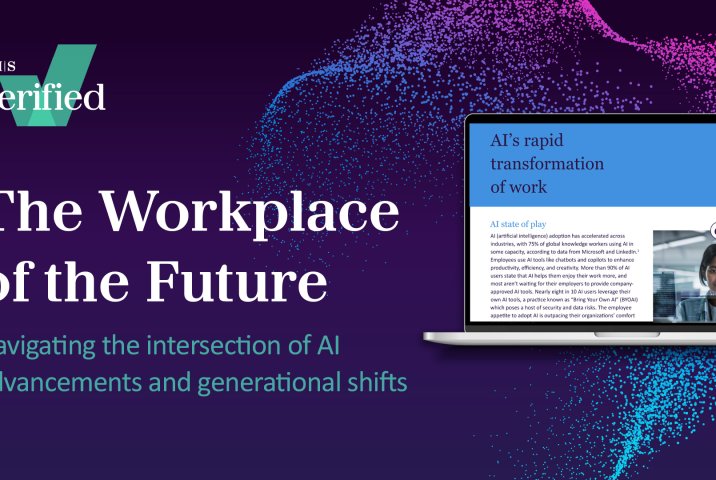“To understand the challenge in answering that question, we first have to take a step back and look at perceived pros and cons of virtual assessment. We’re using the word perceived here because this is where it gets complicated. Something that is a pro on one person’s list may find itself as a con on someone else’s list”.
So, what are the positives of virtual assessment?
- Cost and time efficiency—especially when sifting high volumes.
- Process consistency—ensuring that every candidate gets the same experience.
- No geographical boundaries—opens the possibilities to attract candidates from different parts of the globe and different time zones.
- Promotes diversity and inclusion—using data analytics and tightly defined criteria minimises the possibility of personal bias and assumption from adversely impacting diverse candidates which ensures a much fairer process.
- Minimal scheduling—many digital assessments can be done by the candidate in their own time, eliminating the need to align calendars or the admin time required to manage diaries.
The downsides to virtual assessment include:
- “Nebulous chemistry”—the “gut” sense of a person and feedback that you get from that one-on- one interaction just doesn’t exist, for you or for the candidate. While we work to encourage people to be as objective as possible and resist the gut feeling, many hiring managers and candidates really value being able to meet in person and will resist processes that exclude it.
- Infrastructure considerations—practical considerations may mean organisation’s IT infrastructures cannot support huge volumes of digital and virtual assessment without some work.
- Access and accessibility considerations—some candidates might not have access to the right devices or not have the bandwidth due to affordability or location and some candidates with disabilities may need special accommodations made in order to receive a truly equitable experience.
- Limits to assessment—some activities just don't translate into a virtual and digital format.
“Because of all the items above”, Claudia explains “my advice is that virtual assessments have some benefits over traditional assessment but when migrating assessment activities to digital platforms, the more time and care we put into the planning and execution of it, the better it will be for all”.
You need to apply the same rigour, principles and standards in designing digital assessments as you would face to face assessments. Adopting a digital approach does not always mean it's quick and easy to set up!
Digital assessments can be made more engaging such as:
- Interactive home pages on digital assessment platforms which gives the candidate further insight into organisations.
- Creating video content with employees talking about the culture of their organisation, using imagery that speaks to the brand.
- Paying attention to the overall candidate experience—there are certain compensations in the way that things look and feel so keeping that at the forefront of the digital design will hopefully lead to a truly immersive encounter that you would most likely get if you go to the client site.
Providing support for candidates and assessors is key and needs to include:
- Up front good advice and high touch support for candidates.
- Designing assessor guidance and training that suits the needs and concerns of the people involved is imperative to achieving good results.
- Clear instructions and intuitive design so even if you are not very digitally savvy, you would still very easily know how to complete them.
It is no surprise that COVID-19 has expedited the transformation from face to face assessment centres into digital and virtual experiences and may progress further as the economy starts to return. Predictions of even higher volumes of applications in the coming months due to current high unemployment rates mean that organisations need to be prepared. But even after the pandemic eventually subsides, we can be certain virtual assessments are here to stay in some shape or form. The question over whether virtual assessments are inherently better than in-person, or if they “should” replace in-person assessment fully, lingers. In my mind there are certain aspects that virtual will never be able to replicate but, if done well, virtual assessment has certain advantages that have the possibility to make it, indeed, better than the in-person equivalent.








